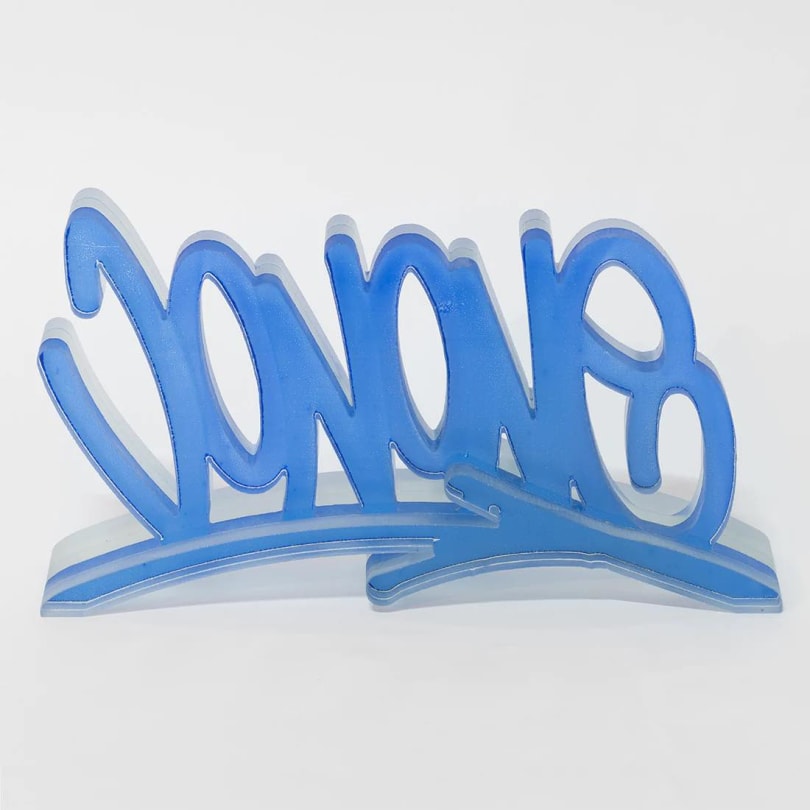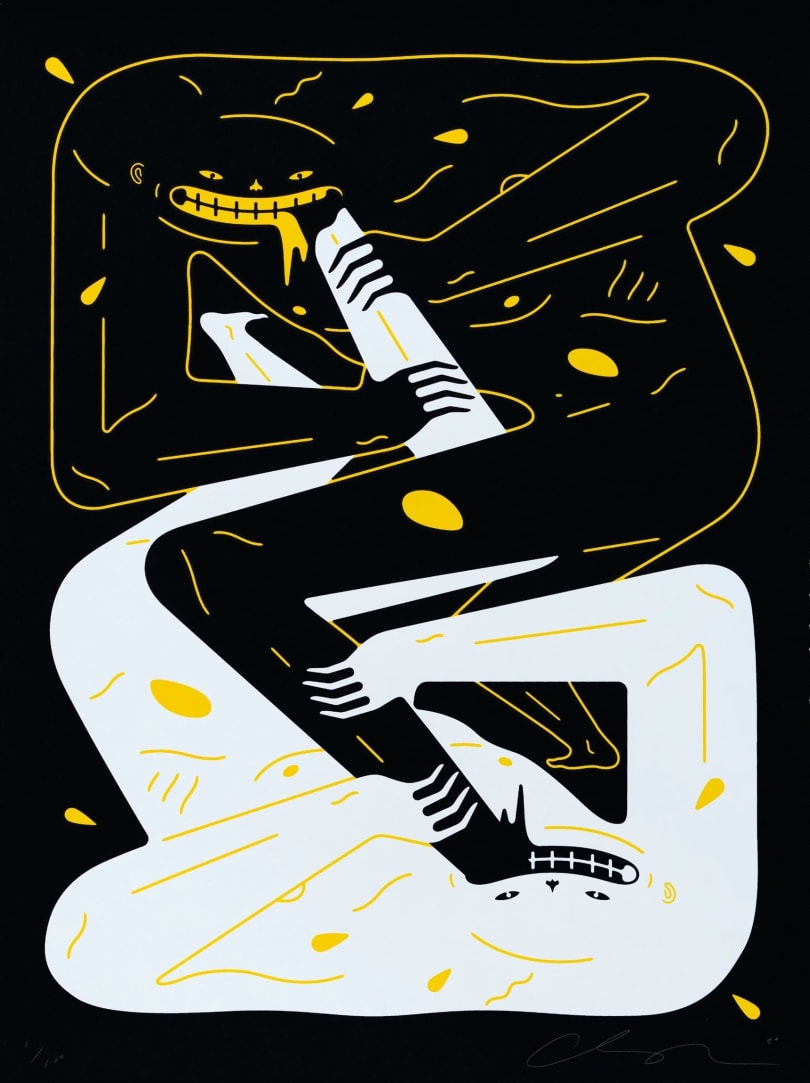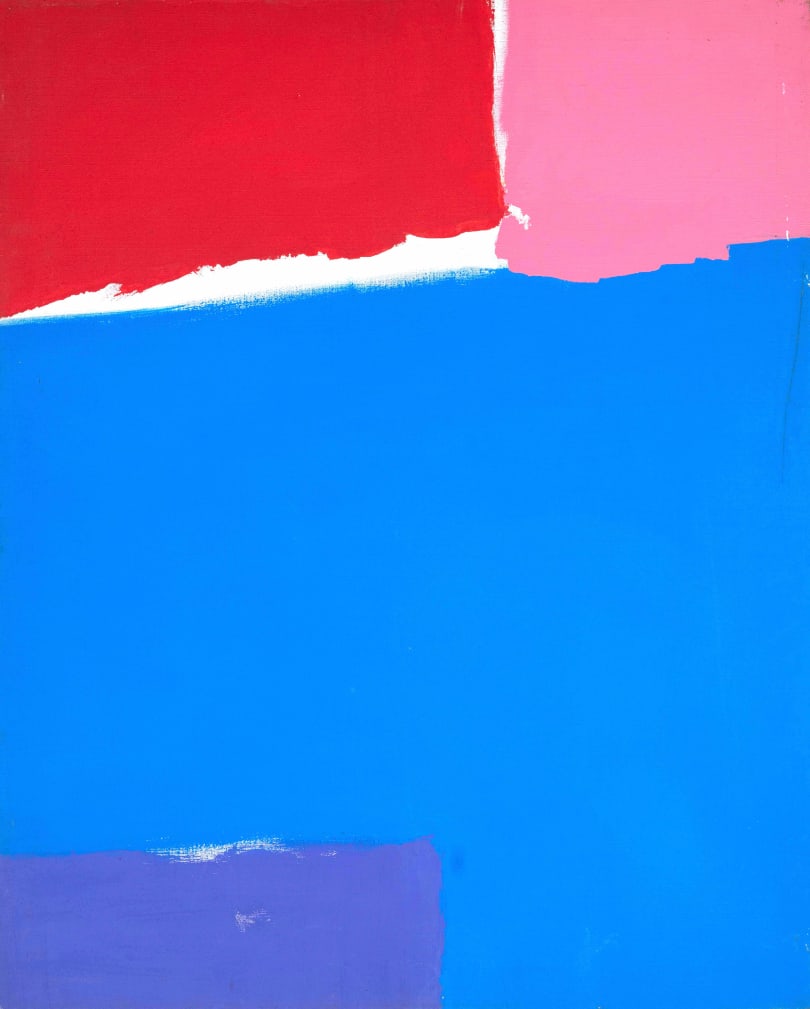
369/1999
Category
PaintingTechnique
Acrylic on orange tarpaulinDate
1999Dimensions
122 cm x 110 cmMake an offer of
Artwork information
Category
PaintingTechnique
Acrylic on orange tarpaulinDate
1999Dimensions
122 cm x 110 cmSignature
Signed on the backProof(s) of authenticity
This work is sold with a certificate of authenticity issued by Claude Viallat himself.State of conservation
Very goodFraming
NoLocation
Toulouse, FranceDescription
Acrylic on orange canvas by Claude Viallat.
Titled “369/1999” and dated 1999.
Sold with a certificate issued by the artist.
The artist

Bio
Claude Viallat, born May 18, 1936 in Nîmes, France, is an internationally renowned French painter and visual artist. An emblematic figure of the Supports/Surfaces movement, which he co-founded in the 1960s, Viallat is renowned for his pioneering research into the materiality of painting and his rejection of traditional artistic conventions. His work, marked by a radically non-figurative approach, is part of an ongoing quest to renew forms and techniques.
Education and artistic beginnings
Claude Viallat studied first at the École des Beaux-Arts in Montpellier, then at the École nationale supérieure des Beaux-Arts in Paris. His interest in painting techniques led him to question the rigid frameworks of academicism. From his earliest works, he turned away from classical representation to explore new forms and materials. In 1966, he produced his first characteristic work: an abstract imprint, a motif he would systematically reproduce on a variety of supports, such as tarpaulins, loose canvases and recycled fabrics.
The “Supports/Surfaces” movement
In 1969, Viallat helped found the Supports/Surfaces movement, alongside other artists such as Daniel Dezeuze, Patrick Saytour and Vincent Bioulès. This collective of artists challenged traditional notions of painting, focusing in particular on its fundamental components: support, surface, color and gesture. For Viallat, painting is not limited to the application of pigments to a stretched canvas; it becomes a field of experimentation in which the support itself is brought to light. Works from this period are marked by the systematic repetition of an organic bonelet motif, applied to a variety of materials.
Style and influence
Claude Viallat's style is characterized by the use of repetitive, abstract motifs, often compared to imprints or cells. These motifs are applied to unconventional surfaces, such as unframed canvases, dyed or bleached fabrics, netting or salvaged materials. Color, applied in a raw and direct manner, plays a central role in his work. Viallat strives to free painting from its traditional constraints, focusing on the creative process rather than the end result.
Claude Viallat's influence extends far beyond France's borders. His work has been exhibited in many prestigious museums and galleries around the world, including the Centre Pompidou in Paris, MoMA in New York and the Venice Biennale. Today, he is considered one of the most important artists of the postmodern movement in France.
Recognition and legacy
Over the course of his career, Claude Viallat has received numerous distinctions, including the Prix de peinture from the Académie des Beaux-Arts in 1988. His work has also been the subject of numerous retrospectives, confirming his status as a major figure in contemporary art. Viallat's influence on subsequent generations of artists is undeniable. His innovative approach to painting and incessant exploration of materials continue to inspire new artistic currents.
Claude Viallat remains an unclassifiable artist, whose constantly evolving work questions the boundaries between art and matter. His work, rooted in an experimental approach, resonates today as an essential testimony to the history of contemporary art.







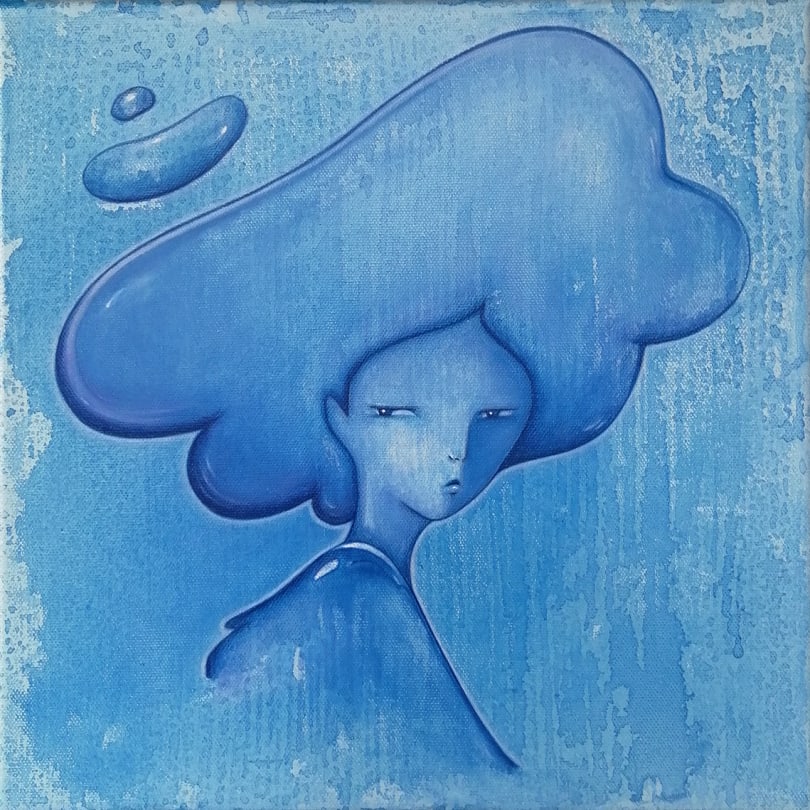



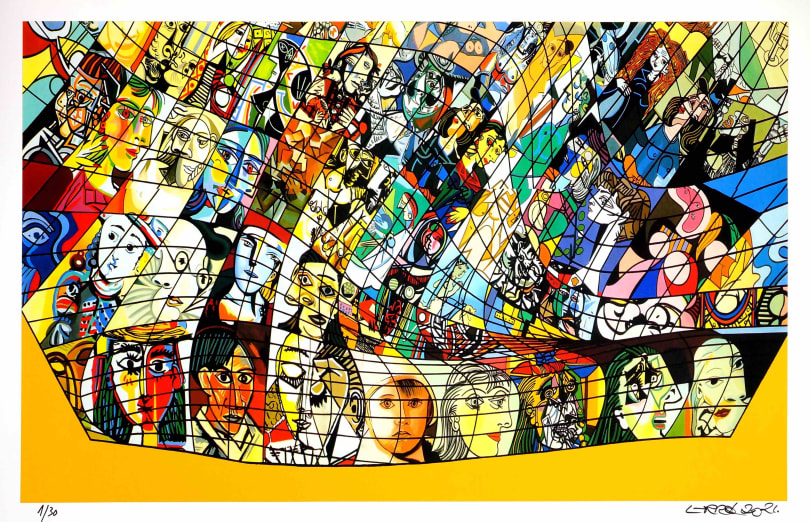
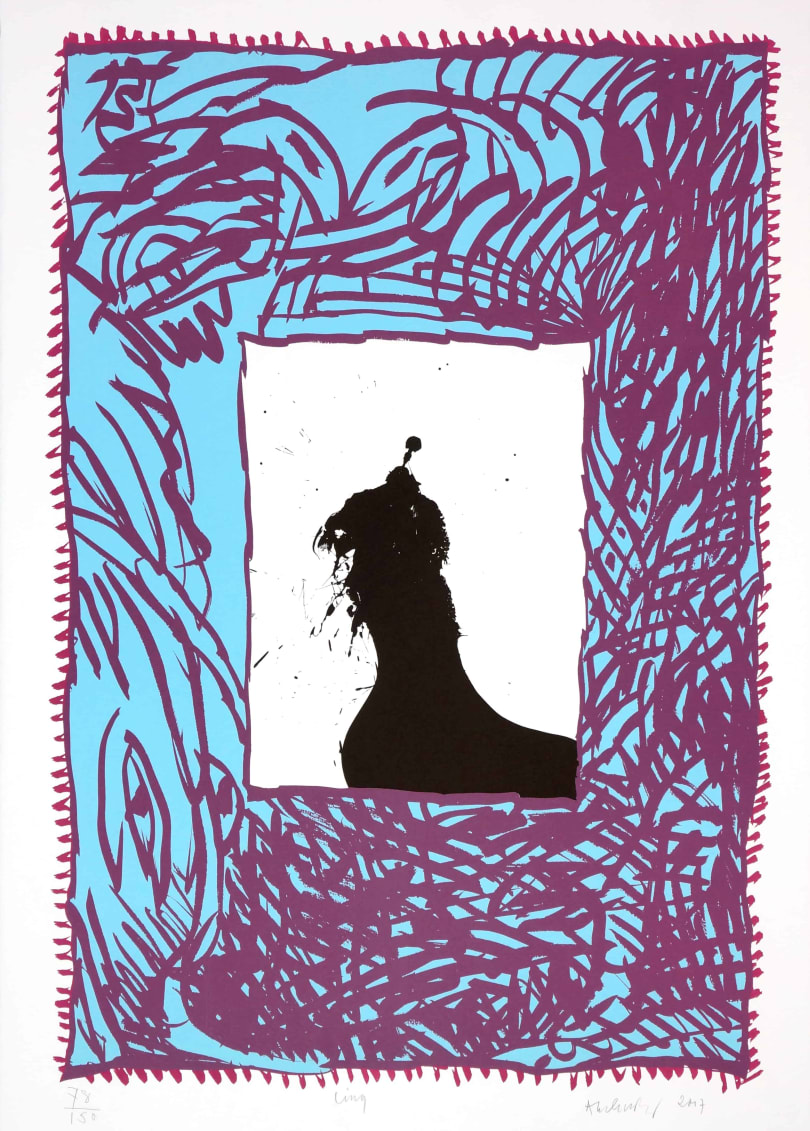







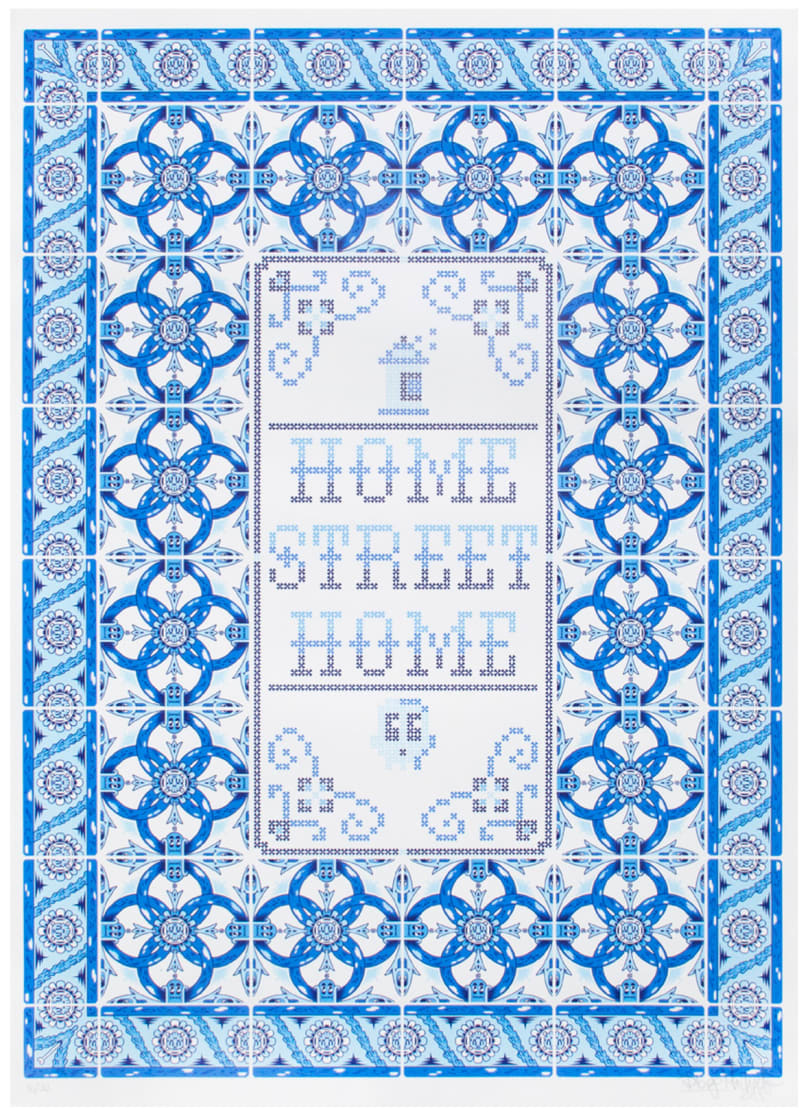


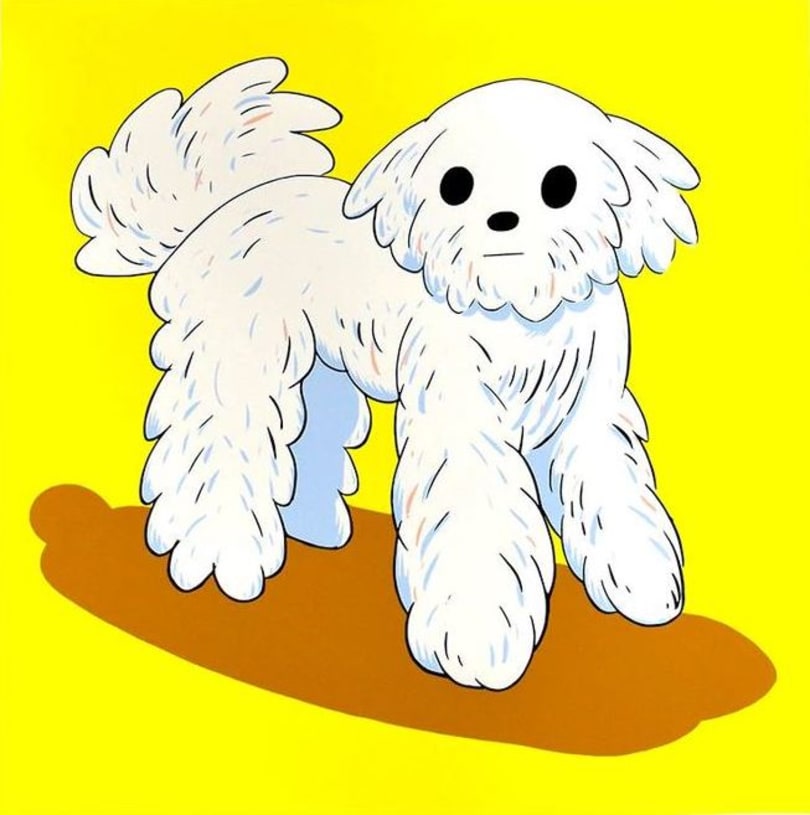
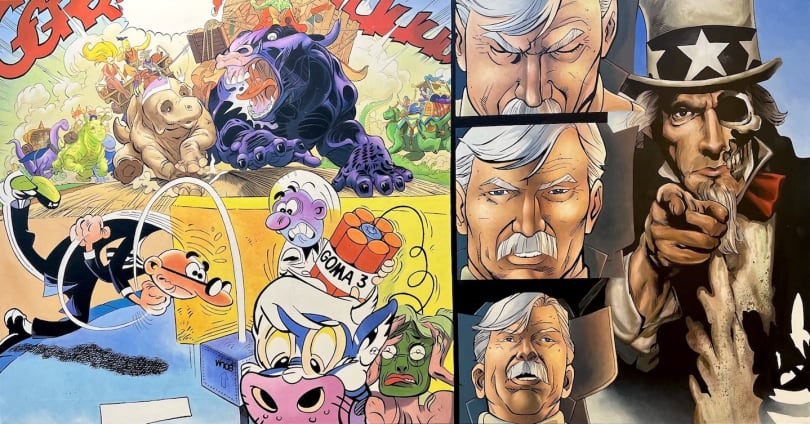


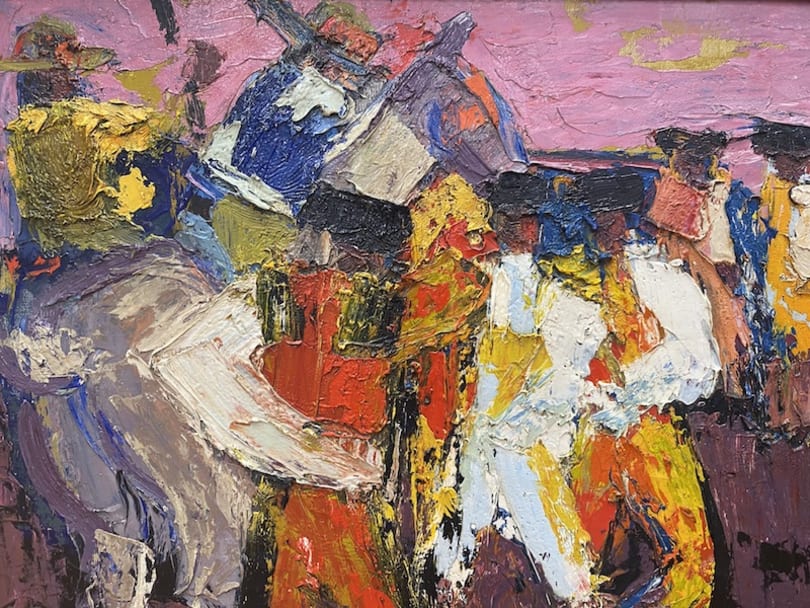
.jpg)


.jpg)


